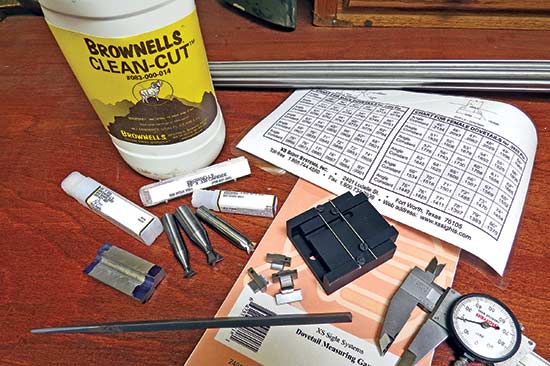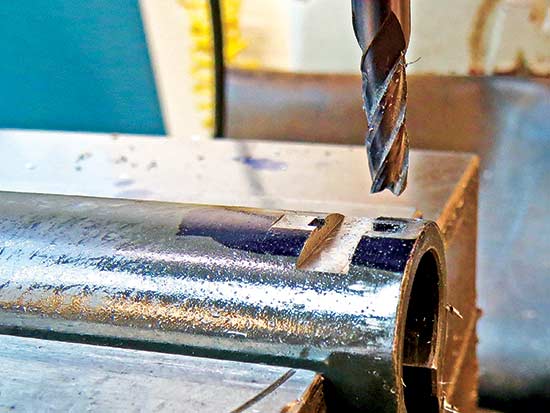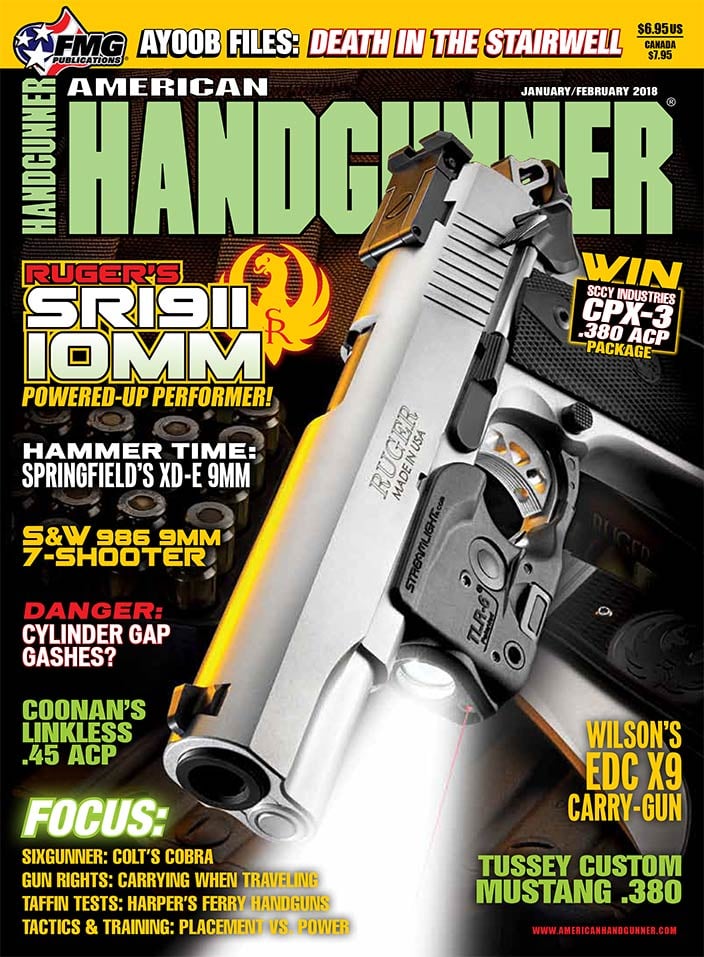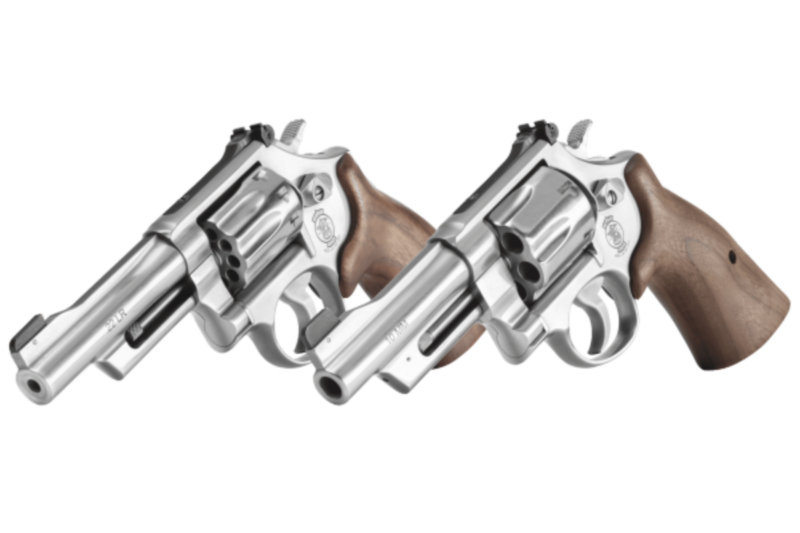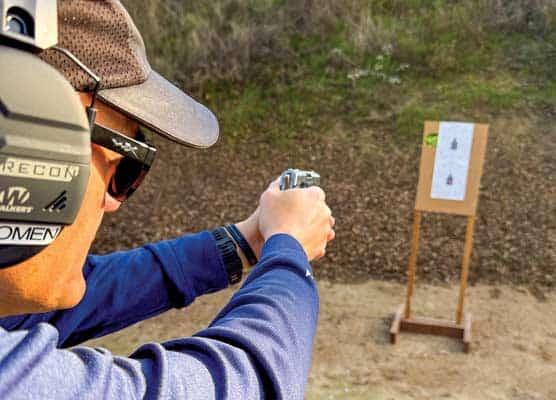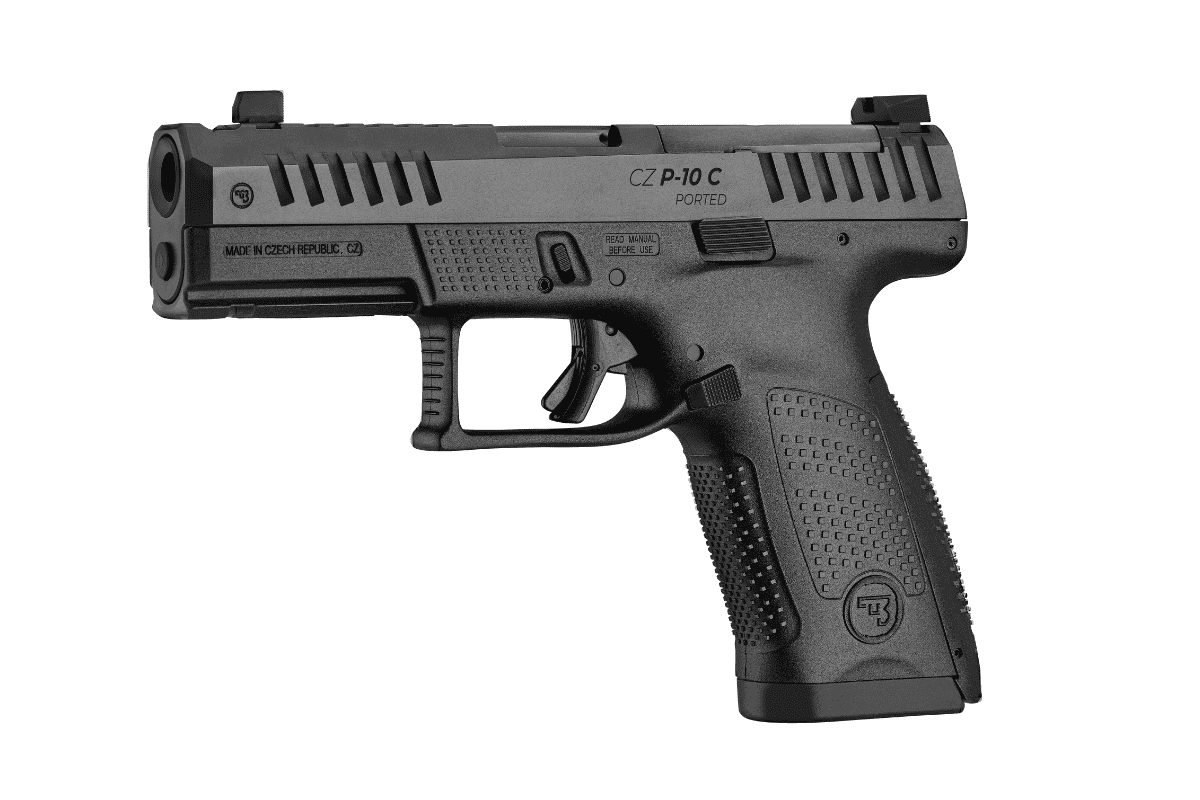Those Pesky Sight Dovetails
Specs Can Lie
To cut a dovetail that fits, you have to measure the sight — even the mass produced ones. Small variations can occur in the manufacture of sights. This can result in a poorly fitting sight even in a dovetail cut to “spec.” You also need to measure your cutters for the same reasons, especially if you’ve reground them.
Also, halfway across a hard slide is not the place to discover a high speed steel cutter was a poor choice. I use Brownells’ carbide dovetail cutters exclusively, both for tool life and to easily get me through the toughest steels. Excellent carbide tools are also available from Pacific Tool & Gauge and Evolution Armory. When cutting a dovetail in a slide, the old saying “measure twice, cut once” has never been more important. Improperly positioning a dovetail, or cutting too deep, or too shallow can be disastrous. Sometimes the only fix is to make a custom sight to fit the mistake!
When you’re ready to cut, it’s not a race — this is an operation where speed kills (cutters, and sometimes slides). Turn slow, feed slow and keep the cutter and the slide as cool as possible. Whatever method you use — cutting oil, mist or flood coolant, don’t be skimpy. It’ll pay off in better cut finish and tool life. Always pre-cut your dovetails, too. Asking a dovetail cutter to plow through a hard slide cutting on a full 180-degree path is begging for an overheated and worn (or broken) cutter, a work-hardened slide and poor cut finish. I use a carbide roughing end mill to pre-cut the dovetail, leaving only the sides and 0.005″ on the bottom for the dovetail cutter to clean up. It pays big benefits in tool life and cut quality.
Specs Can Lie
To cut a dovetail that fits, you have to measure the sight — even the mass produced ones. Small variations can occur in the manufacture of sights. This can result in a poorly fitting sight even in a dovetail cut to “spec.” You also need to measure your cutters for the same reasons, especially if you’ve reground them.
Also, halfway across a hard slide is not the place to discover a high speed steel cutter was a poor choice. I use Brownells’ carbide dovetail cutters exclusively, both for tool life and to easily get me through the toughest steels. Excellent carbide tools are also available from Pacific Tool & Gauge and Evolution Armory. When cutting a dovetail in a slide, the old saying “measure twice, cut once” has never been more important. Improperly positioning a dovetail, or cutting too deep, or too shallow can be disastrous. Sometimes the only fix is to make a custom sight to fit the mistake!
When you’re ready to cut, it’s not a race — this is an operation where speed kills (cutters, and sometimes slides). Turn slow, feed slow and keep the cutter and the slide as cool as possible. Whatever method you use — cutting oil, mist or flood coolant, don’t be skimpy. It’ll pay off in better cut finish and tool life. Always pre-cut your dovetails, too. Asking a dovetail cutter to plow through a hard slide cutting on a full 180-degree path is begging for an overheated and worn (or broken) cutter, a work-hardened slide and poor cut finish. I use a carbide roughing end mill to pre-cut the dovetail, leaving only the sides and 0.005″ on the bottom for the dovetail cutter to clean up. It pays big benefits in tool life and cut quality.
Hand Fitting
Once you’ve properly cut the dovetails into the slide, it’s time to fit your sights. If you’ve carefully measured everything, you’ll be left with minimal fitting. Use a dovetail file to create a slight lead-in on your slide dovetail. Do this on the right side only — sights go in from right to left. Why? Doing everything one way makes it easy to remember. Next, place a small lead-in on the left side of the sight to get it started with the least resistance. Make sure you lightly break all the sharp corners with a file, both on the sight and the dovetail. Leaving sharp edges on the dovetail will cause the area to rise as the sight is driven in, leaving an unsightly air gap under the sight body.
In the case of the large dovetail needed for low-mount rear sights, only the sharp edge on the rear needs to be addressed. The best way to do this is to tilt the slide nose-up about two degrees and machine a small flat about 0.100″ on the leading edge of the rear flat. Remember, we fit these sights tightly, so as the sight is driven in, it displaces the metal at the rear edge of the dovetail upward, leaving an air gap. Making this relief cut forces the sight into the bottom of the dovetail and prevents the air gap.
Like any other process, cutting dovetails is subject to lots of variables. Rigidity and accuracy of the machine, quality of the tooling, and skill of the operator are a few. It’ll help to know a few of the tricks making the job easier. With a little practice, you’ll likely come up with a few of your own!

